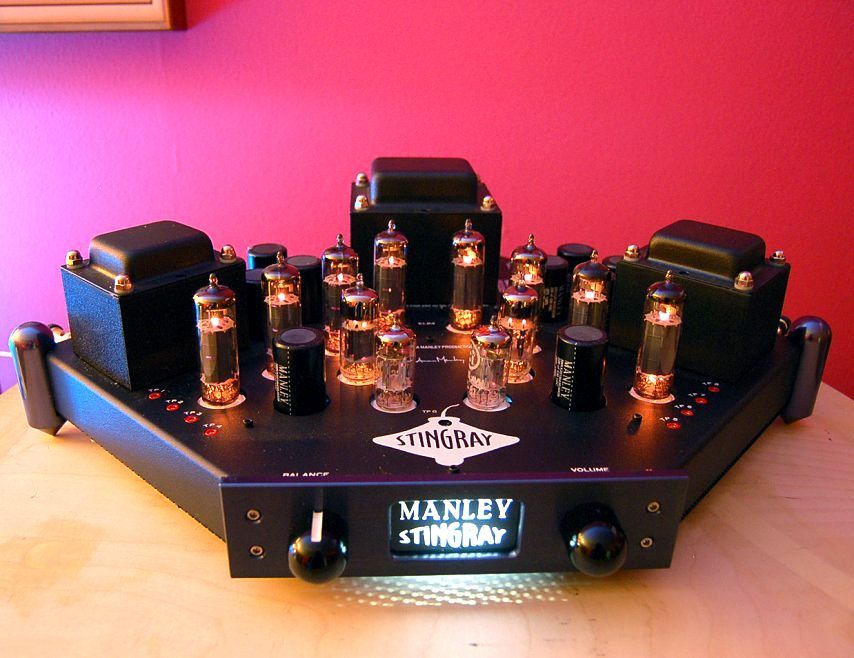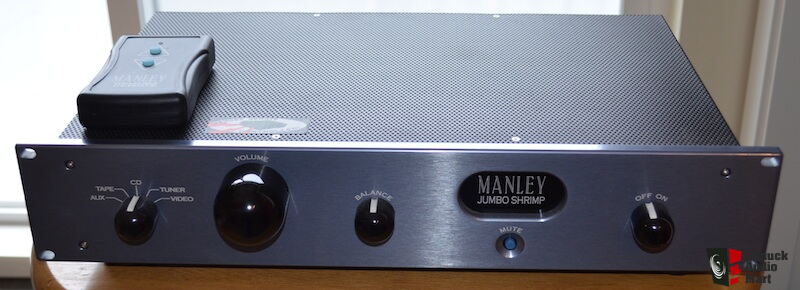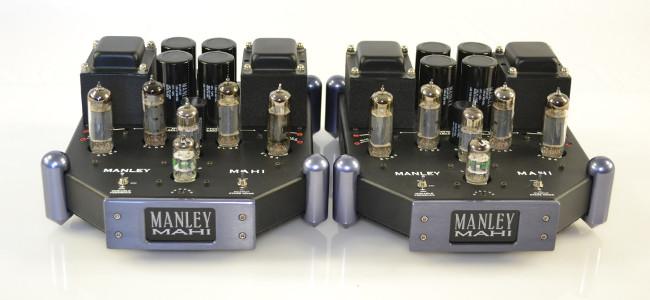Been thinking about the technological innovation of amplifiers - it's clear that digital has been evolving at a rapid rate, but what about amps? For those of you keeping up are the latest and greatest a lot better than the older models?
A lot of digital amp specification is downright misleading/disingenuous from what I can see, especially at the more affordable end, e.g. the rated output tends to be at an odd impedance and the distortion nowhere near what would have been acceptable even in the 1950s. The well liked Tripath chips being prime examples, e.g. the TA2020 seems to routinely be sold as a “20 Watt amp”, yet is actually spewing out 10% distortion at 12 Watts into 8 Ohms (
datasheet). For comparison my wonderful sounding 1961 Leak valve amp can deliver its full rated power (10 Watts) at 0.1% THD.
I have a little Amptastic Mini-1 T-Amp and it is a very nice little amp for the money. I use it to drive the huge great Klipsch La Scalas in my TV room. I only need a couple of Watts, a 2 Watt SET can drive these speakers to literally deafening levels, so it is running clean here and sounds fine. I’d still take a nice class AB or class A amp over it, e.g. it doesn’t worry a 50 year Quad 303 that much.
I spent a couple of days recently staying in That London with a friend who has just bought a pair of active Kef LS50s, which have a digital amp on the bass-mid unit. They are rather good, I liked them a lot, so I’m not opposed to the technology, I just feel in many cases it is not being sold very honestly and I am certain *a lot* of kit is being advertised as being far more powerful or lower distortion than it actually is.
Anyway, I’d like to hear a genuinely high-end digital amp put up against a very good class A amp (tube or solid state). Are there any that could worry a big class A Krell, Conrad Johnson, Mark Levinson or whatever?




